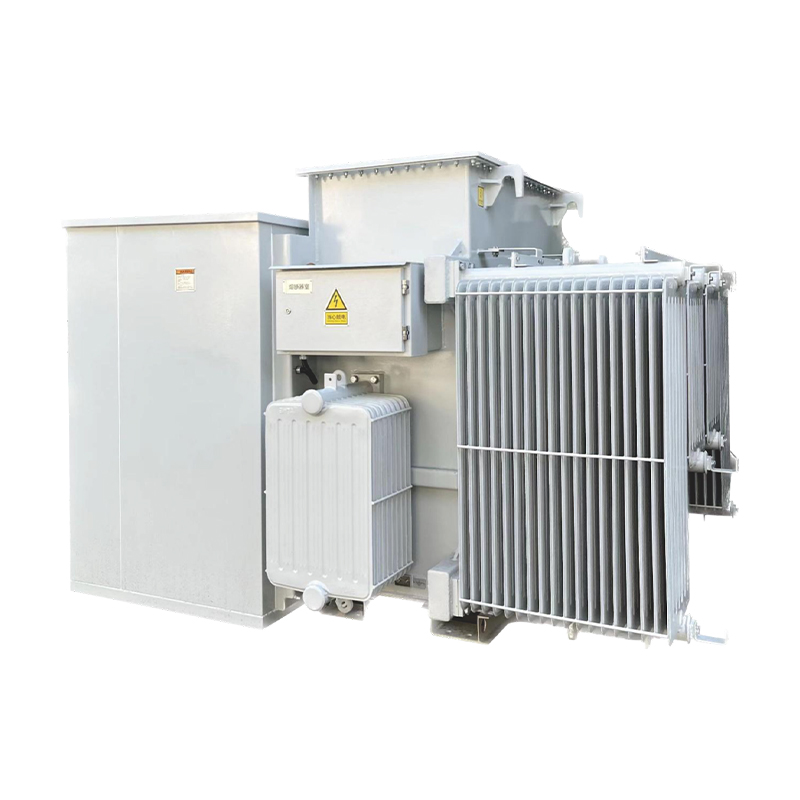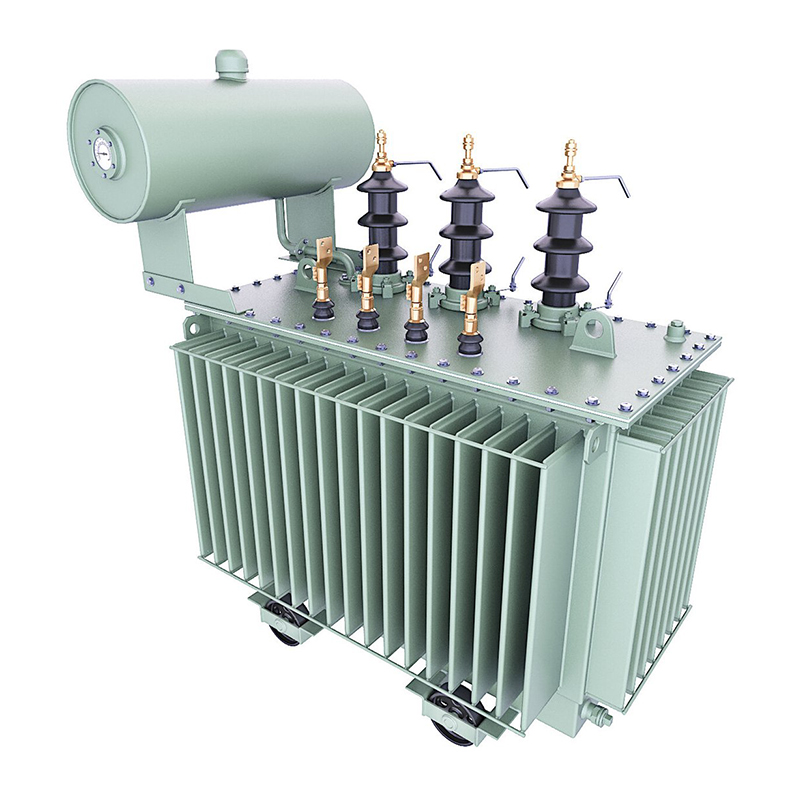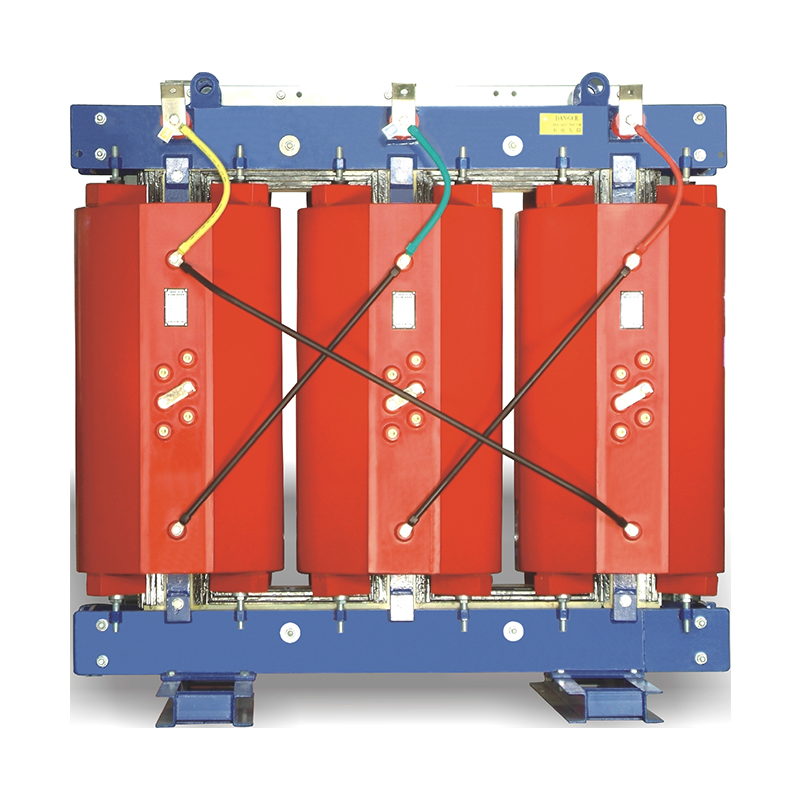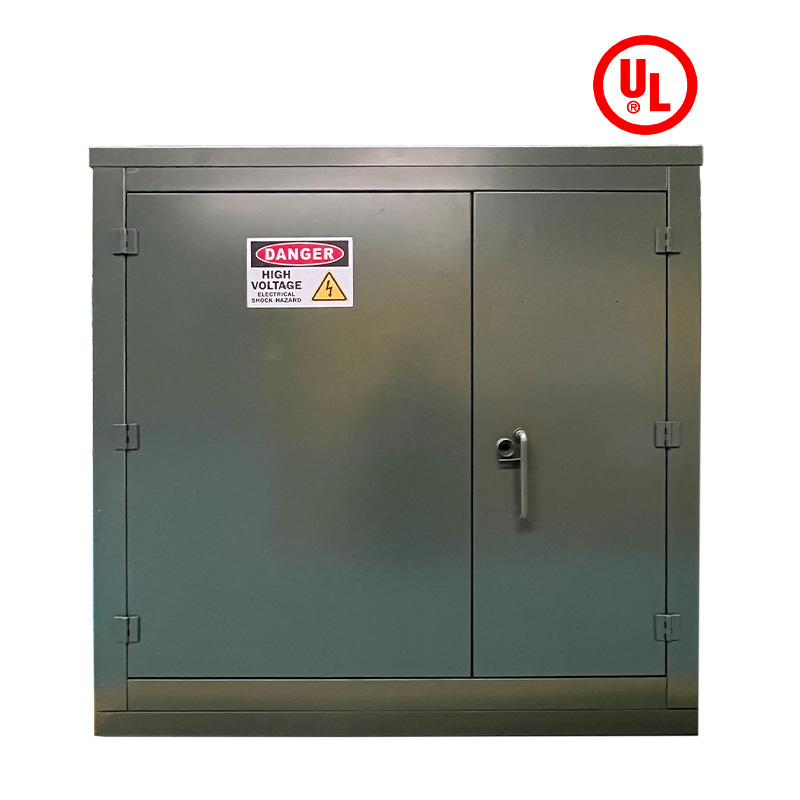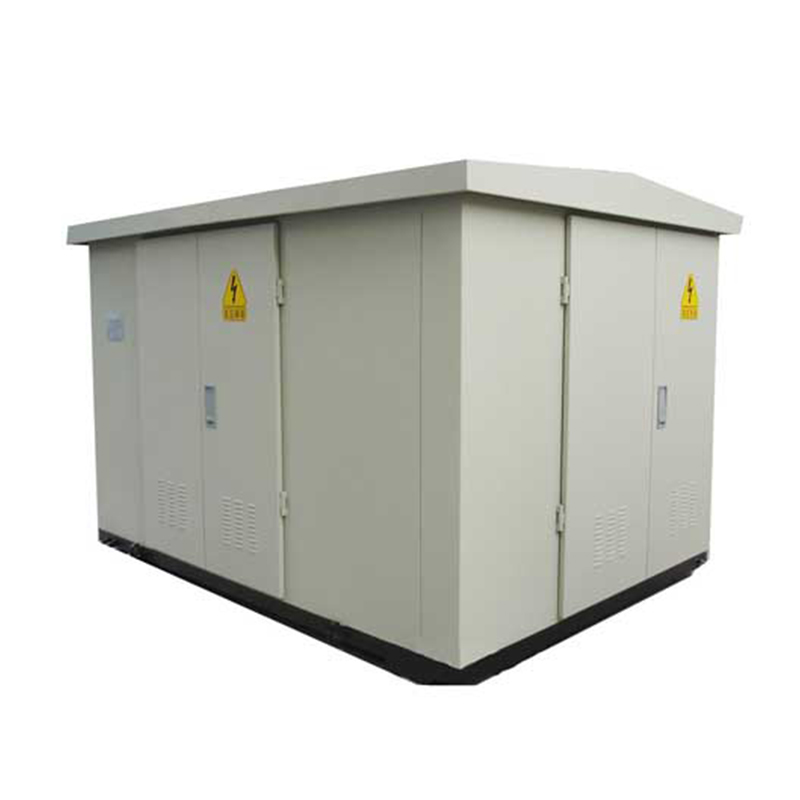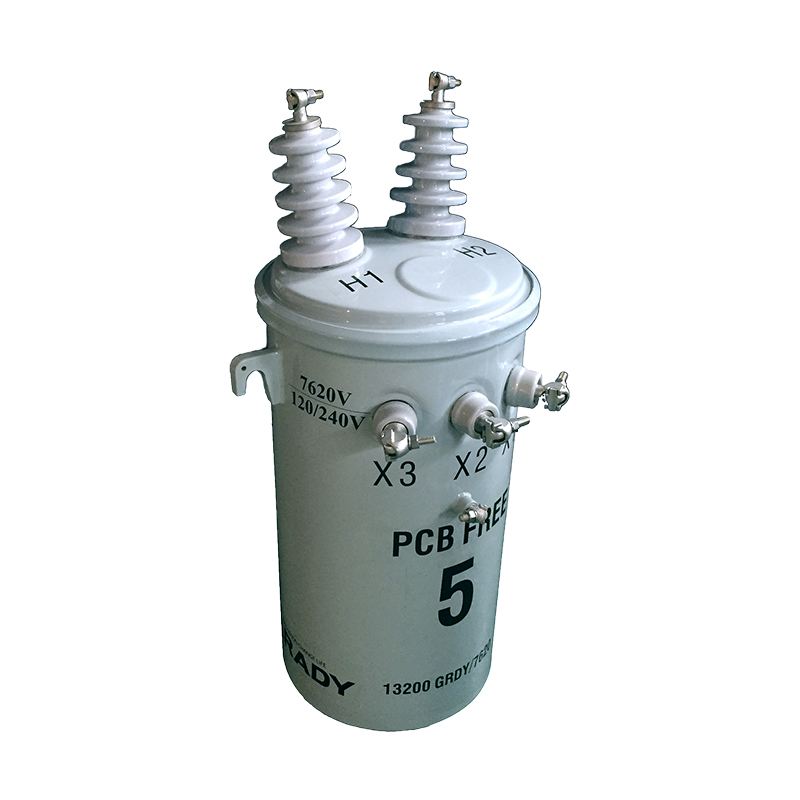Capacity selection and calculation methods for power transformers

Capacity selection and calculation methods for power transformers
1、 Principles of Capacity Selection
1. The capacity of the transformer should meet the needs of the electrical load in the power supply area, that is, meet the total calculated load of all electrical equipment, and avoid the transformer from operating in an overloaded state for a long time.
For a single transformer with stable load power supply, the load rate is generally around 85%, which means the transformer capacity is about 1.15 times the calculated load. For permanent power supply systems, the load rate of transformers is generally recommended to be between 60% and 70%.
When selecting the capacity of a transformer, consideration should be given to the simultaneous power of the electrical equipment, and a transformer can be selected for installation at around 1.5 times the maximum load.
During normal operation, the transformer should withstand an electrical load of approximately 75-90% of its rated capacity. If the actual load is less than 50%, the small capacity transformer should be replaced; If it exceeds the rated capacity of the transformer, the high-capacity transformer should be replaced immediately.
2、 Methods for Capacity Calculation
1. Basic formula: Transformer capacity (kVA)=√ 3 × Rated current on the low-voltage side of the transformer (A) × Rated voltage on the low-voltage side of the transformer (V)/1000. This formula is applicable for calculating the capacity of a transformer when its rated current and rated voltage on the low-voltage side are known.
2. Formula for considering power factor: Transformer capacity (P)=√ 3 × U × I × COS φ. Among them, U is the primary voltage (kV), I is the primary current (A), and COS φ is the power factor. This formula can more accurately calculate the capacity of transformers, especially when the power factor is not equal to 1.
3. Load power calculation: First, calculate the maximum power of each phase of the load (single-phase power=voltage x current), and then calculate the total power of the three phases (three-phase total power=voltage x current x √ 3 x power factor). Finally, select the appropriate transformer capacity based on the load rate of the transformer.
3、 Precautions
When selecting transformer capacity, it is advisable to choose transformers with standard capacity specifications to facilitate procurement, installation, and maintenance.
2. For substations with important users in the power supply area, it should be considered that in the event of a fault or power outage for maintenance, other transformers can meet the primary and secondary load requirements of the users.
In urban power grids, in order to ensure the reliability and flexibility of power supply, multiple transformers can be connected in parallel for power supply. At this point, it should be noted that transformers operating in parallel should meet the conditions of equal transformation ratio, the same connection group, and the same short-circuit voltage.
4. With the increase of electricity load, it may be necessary to increase capacity or expand substations. Therefore, when selecting transformer capacity, a certain margin should be reserved to meet the demand for future load growth.
Relatenews
- Architecture Design of IoT-Based Monitoring System for Power Transformers 2025-09-05 15:27:00
- Judgment Standards and Oil Change Process for Power Transformer Oil Deterioration 2025-09-05 15:23:00
- Design and Mechanical Strength Verification of Short-Circuit Withstand Capability for Power Transformers 2025-09-05 15:19:00
- The Role of Power Transformers in Voltage Regulation within Power Systems 2025-08-25 08:14:00
- Environmental Regulations and Technical Measures for Power Transformer Noise Control 2025-08-25 08:12:00
- The Application of Big Data Analytics in Power Transformer Fault Prediction 2025-08-25 08:11:00
- Impact of Distributed Generation Integration on Load Characteristics of Power Transformers 2025-08-16 09:43:00
- Conditions and Protection Coordination Strategies for Parallel Operation of Power Transformers 2025-08-16 09:42:00





